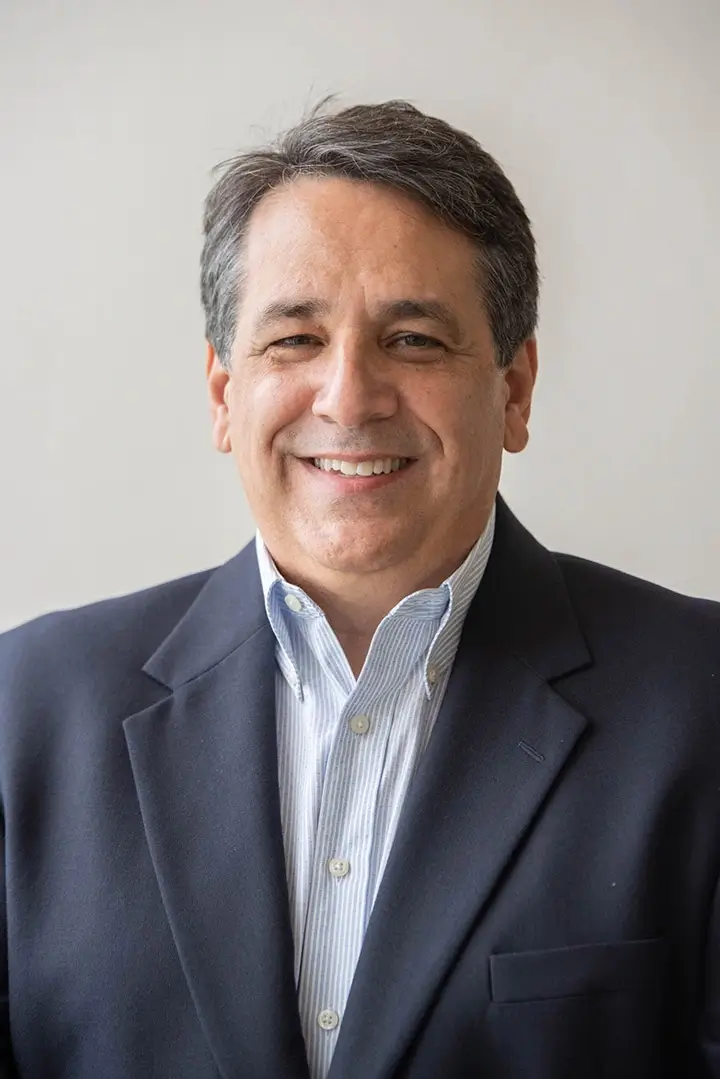Researchers have demonstrated significant improvement in heart attack patients following treatment with autologous adult stem cell therapy, according to the results of a clinical trial involving 31 patients.
Prior to receiving the stem cell therapy, all of the patients had been treated with angioplasty and stent placement immediately following a heart attack. Within one week of the heart attack, 16 of the patients received infusions of their own adult stem cells directly into the coronary artery in which a blockage had caused the attack. In accordance with the parameters of the study that were being investigated, the patients received infusions of different quantities of adult stem cells, which consisted either of 5 million, 10 million or of 15 million stem cells. In all cases, the adult stem cells were harvested from each patient’s own bone marrow. Within 3 to 6 months following the treatment, all patients who received the adult stem cell therapy began showing improvement, with the greatest improvement seen in those patients who had received the higher doses of the adult stem cells, all of whom exhibited increased blood flow within the heart as well as the repair and regeneration of cardiac tissue and improved overall cardiac function. Those patients who received lower doses of stem cells also showed improvement although to a lesser extent, and those patients in the control group who received only standard medication and no stem cells at all were found to have the least amount of improvement.
According to Dr. Arshed Quyyumi, professor of medicine at Emory University School of Medicine and a principal investigator in the study, “This is critical information for future study design. The more cells a patient receives, the more beneficial effect we see in the heart. These results show that treatment with a patient’s own bone marrow stem cells has the potential to reduce long-term complications after a heart attack. We are encouraged by these results and are planning to conduct a more extensive study.”
The findings were presented at the American College of Cardiology conference in Orlando, Florida.

